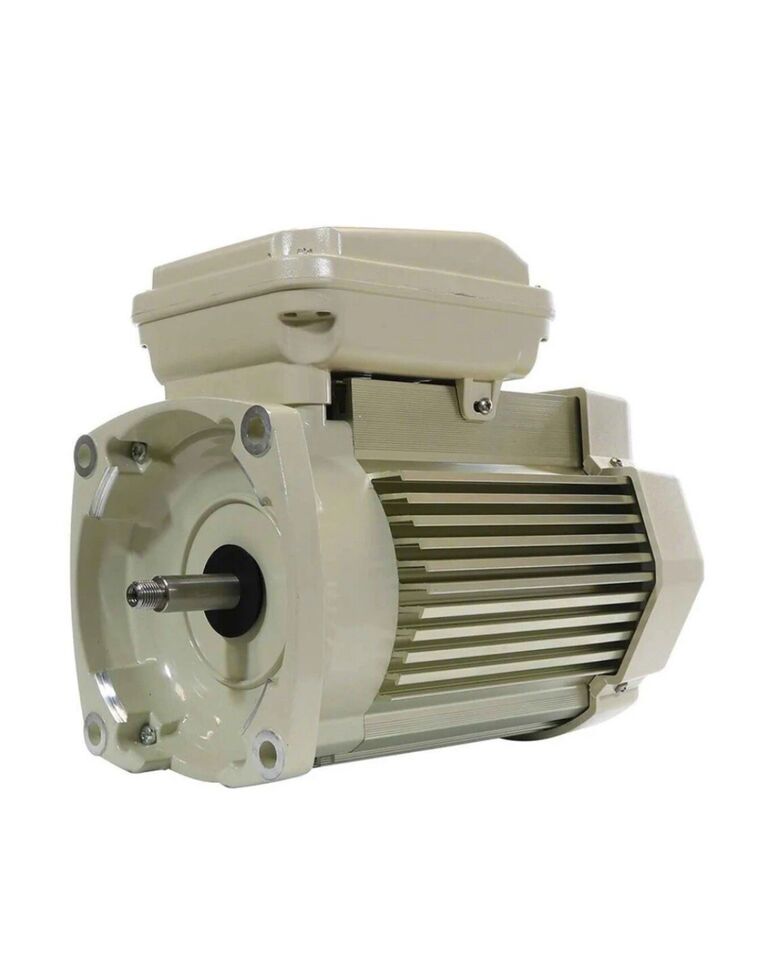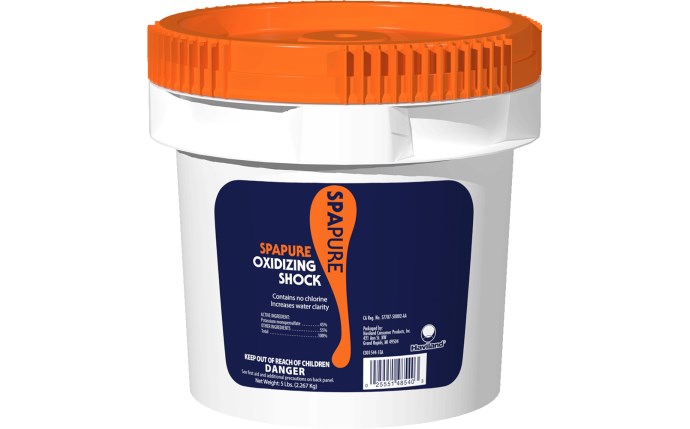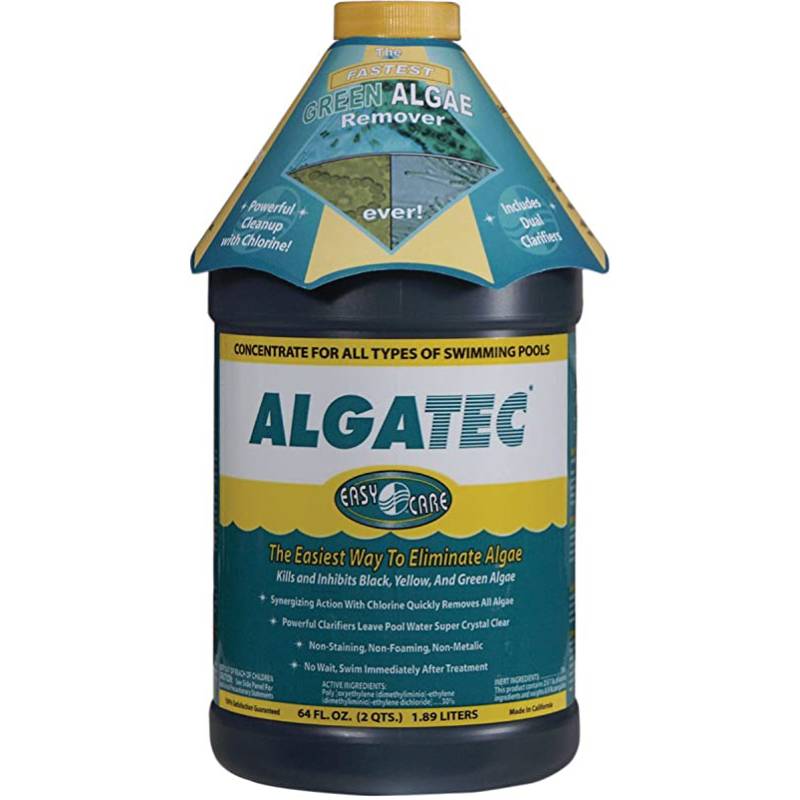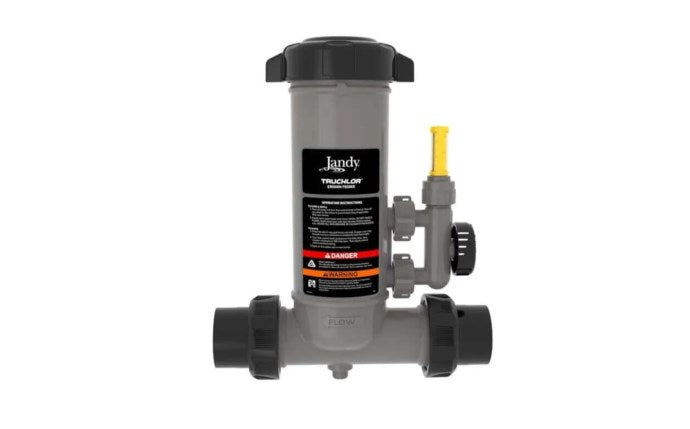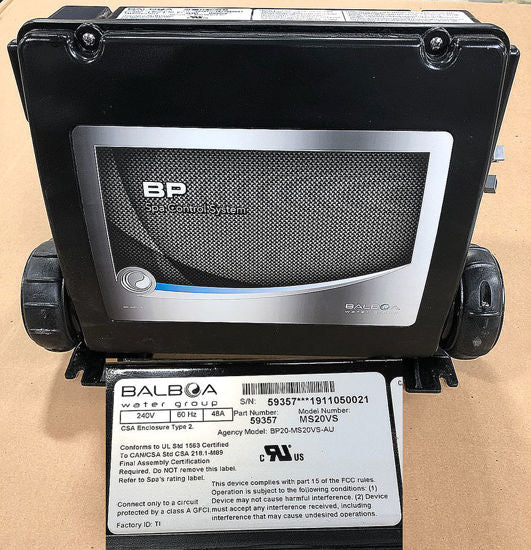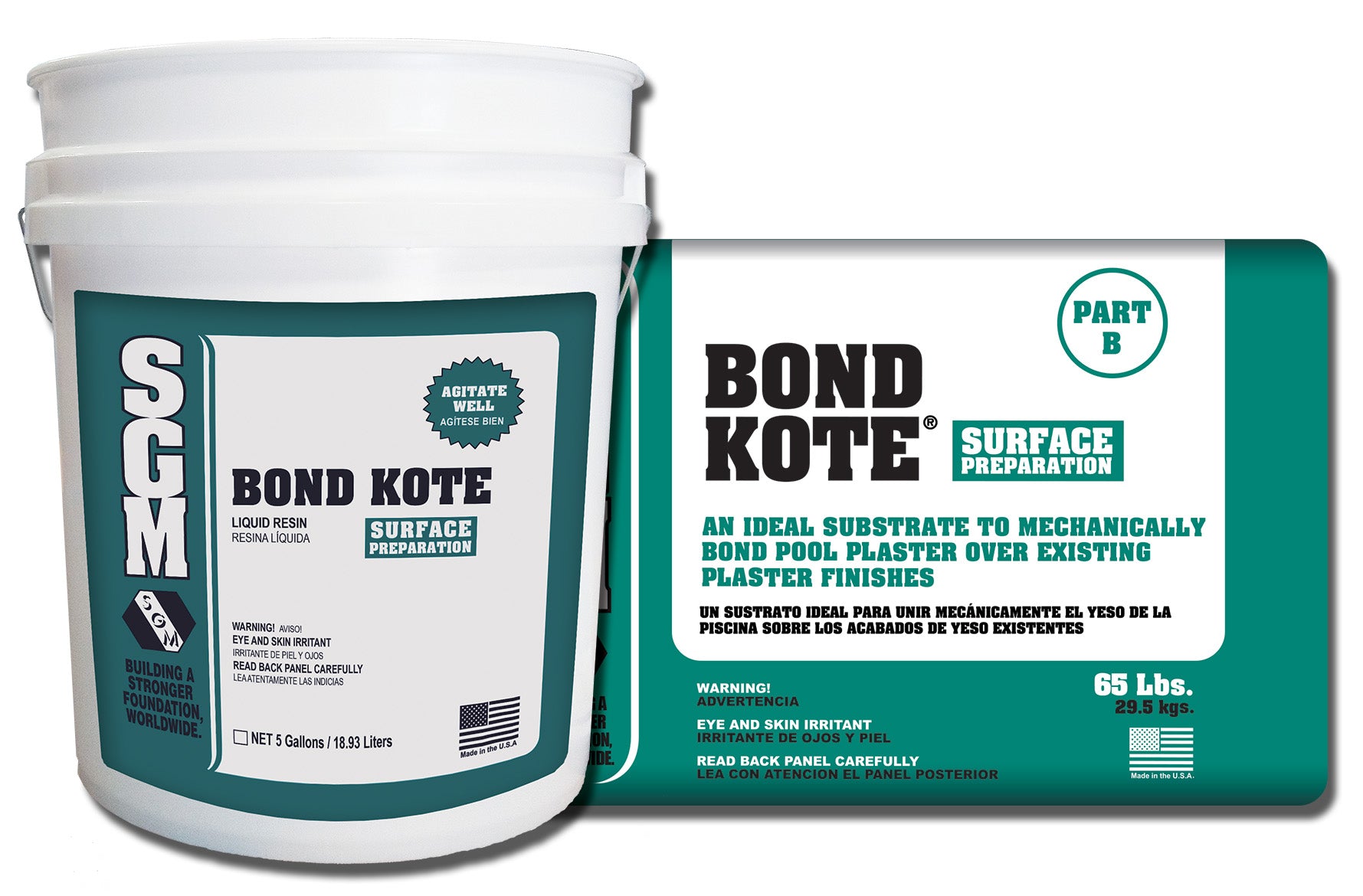Keeping your pool clean is essential for maintaining a healthy and enjoyable swimming environment. With various types of pool cleaners available, choosing the right one can be overwhelming. This guide will compare different types of pool cleaners, including robotic, suction, and pressure-side cleaners, to help you find the best fit for your pool maintenance routine.
1. Robotic Pool Cleaners
Overview: Robotic pool cleaners are self-contained units that operate independently of your pool’s filtration system. They use electric motors to move around the pool, scrubbing surfaces and vacuuming debris into an onboard filter.
Benefits:
- Highly efficient and effective at cleaning
- Can clean walls, floors, and waterlines
- Operate independently, reducing wear on the pool’s filtration system
- Programmable cleaning cycles and remote control options
Considerations:
- Higher initial cost compared to other types of cleaners
- Require access to a power source near the pool
- May need regular maintenance of internal filters and parts
Best For:
- Pool owners looking for a thorough, low-maintenance cleaning solution
- Those willing to invest in a higher-end, efficient cleaner
2. Suction-Side Pool Cleaners
Overview: Suction-side cleaners connect to your pool’s existing filtration system, using the suction power from the pool pump to move around and collect debris.
Benefits:
- Generally more affordable than robotic cleaners
- Easy to install and use
- Effective at cleaning smaller debris and dirt
Considerations:
- Relies on the pool’s filtration system, which can increase wear and tear
- May require frequent cleaning of the pool filter
- Less effective at cleaning large debris or climbing walls
Best For:
- Pool owners on a budget looking for a simple and reliable cleaning solution
- Smaller pools with minimal debris
3. Pressure-Side Pool Cleaners
Overview: Pressure-side cleaners attach to the return jet of your pool, using the water pressure to move and collect debris into an attached bag.
Benefits:
- Effective at cleaning large debris, such as leaves and twigs
- Operates independently of the pool’s filtration system, reducing wear
- Some models come with their own booster pump for enhanced performance
Considerations:
- Generally more expensive than suction-side cleaners
- May require a dedicated booster pump, increasing overall cost
- Can be less effective at cleaning fine debris
Best For:
- Pools with a significant amount of large debris
- Pool owners who want to reduce wear on their filtration system
4. Manual Pool Cleaners
Overview: Manual pool cleaners, such as handheld vacuums and brushes, require the pool owner to manually clean the pool.
Benefits:
- Most affordable option
- Provides direct control over the cleaning process
- No need for additional equipment or power sources
Considerations:
- Time-consuming and labor-intensive
- Requires regular effort and dedication
- Less efficient at maintaining a consistently clean pool
Best For:
- Pool owners on a tight budget
- Small pools or spas that are easy to clean manually
- Those who prefer hands-on maintenance
Conclusion
Selecting the right pool cleaner depends on your specific needs, budget, and pool size. Robotic cleaners offer high efficiency and low maintenance but come with a higher upfront cost. Suction-side cleaners are budget-friendly and easy to install, while pressure-side cleaners are excellent for handling large debris. Manual cleaners provide the most affordable option but require regular effort.
By understanding the benefits and considerations of each type, you can make an informed decision that keeps your pool clean and enjoyable with minimal hassle. Evaluate your pool’s needs and choose the cleaner that best fits your maintenance routine for a sparkling, inviting pool all season long.




